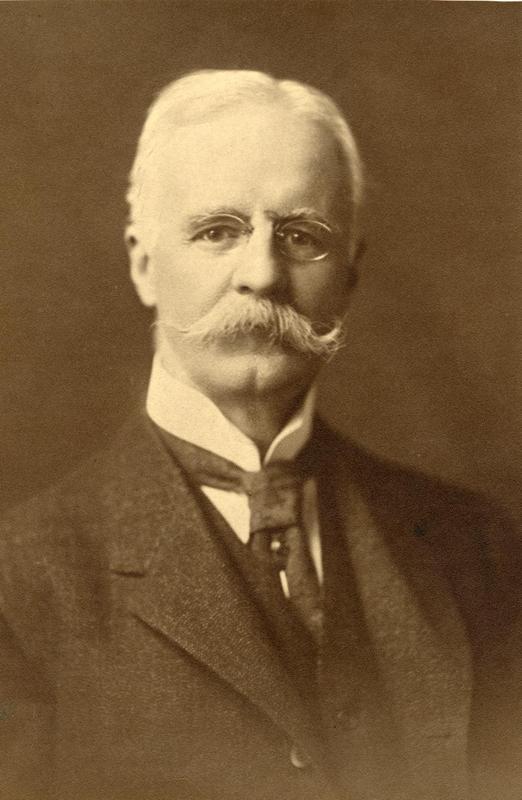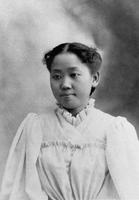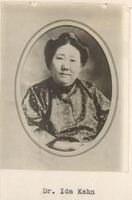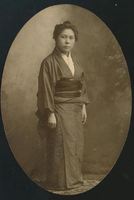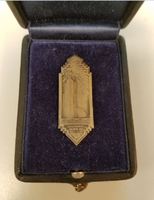Levi Barbour and the Scholarship for Oriental Women
In 1917, Regent Levi Barbour of the University of Michigan proposed a scholarship that was to become what President Ruthven called “one of Michigan’s unique possessions”: the Barbour Scholarship for Oriental Women.1 Each year, the scholarship was awarded to outstanding women from countries all over Eurasia with the intent that they would study at the University of Michigan and then return to their home countries with the knowledge and skills they obtained to better the lives of those who lived there. In the words of Mr. Barbour himself:
The idea of the Oriental girls’ scholarships is to bring girls from the Orient, give them an Occidental education and let them take back whatever they find good and assimilate the blessings among the peoples from which they come.2
Barbour was inspired to create the scholarship by some particularly successful women who participated in graduate programs at Michigan and returned home to their respective countries: Mary Stone, Ida Kahn, and Tomo Inouye.3 Each were educated in medicine at the University and each made great strides not only in the field of medicine in their home countries, but also in supporting women's health. Barbour was extremely impressed at how much of a difference these Michigan women made in their local communities—it was clear the value of a Michigan education around the world.
After the passing of Levi Barbour, W. Carl Rufus, professor of astronomy, took over as the one in charge of the Barbour Scholarships and for 26 years worked directly with the Barbour Scholars.4 Beloved by many, it was customary for the director of the Barbour Scholarship Committee to frequent areas of the ‘Orient’ and visit former Scholars. For the entirety of his time as a part of the Barbour Scholar community, Rufus was endeared by the work Scholars accomplished and the differences they made at home and abroad. Rufus would often record his travels, and one paper he wrote, entitled “Barbour Scholars around the World,” highlighted one of his last travels across Eurasia.5
Not only will 2017 mark the bicentennial of the University of Michigan’s founding, it will also mark the centennial of Levi Barbour’s gift of the Barbour Scholarships.
1. W. Carl Rufus, "Twenty-Five Years of the Barbour Scholarships," Michigan Alumnus Quarterly Review, Vol. XLIX, No. 11 (December 19, 1942), Bentley Historical Library, University of Michigan.
2. W. Carl Rufus, "Barbour Scholars Around the World" January, 1937, Barbour Scholarship for Oriental Women Committee, University of Michigan Records 1914-1983, Bentley Historical Library, University of Michigan.
3. Dorothy McGuigan, A Dangerous Experiment: 100 Years of Women at the University of Michigan (Ann Arbor: Center for Continuing Education of Women, 1970), 111.
4. W. Carl Rufus, "Twenty-Five Years of the Barbour Scholarships."
5. W. Carl Rufus, "Barbour Scholars Around the World."

